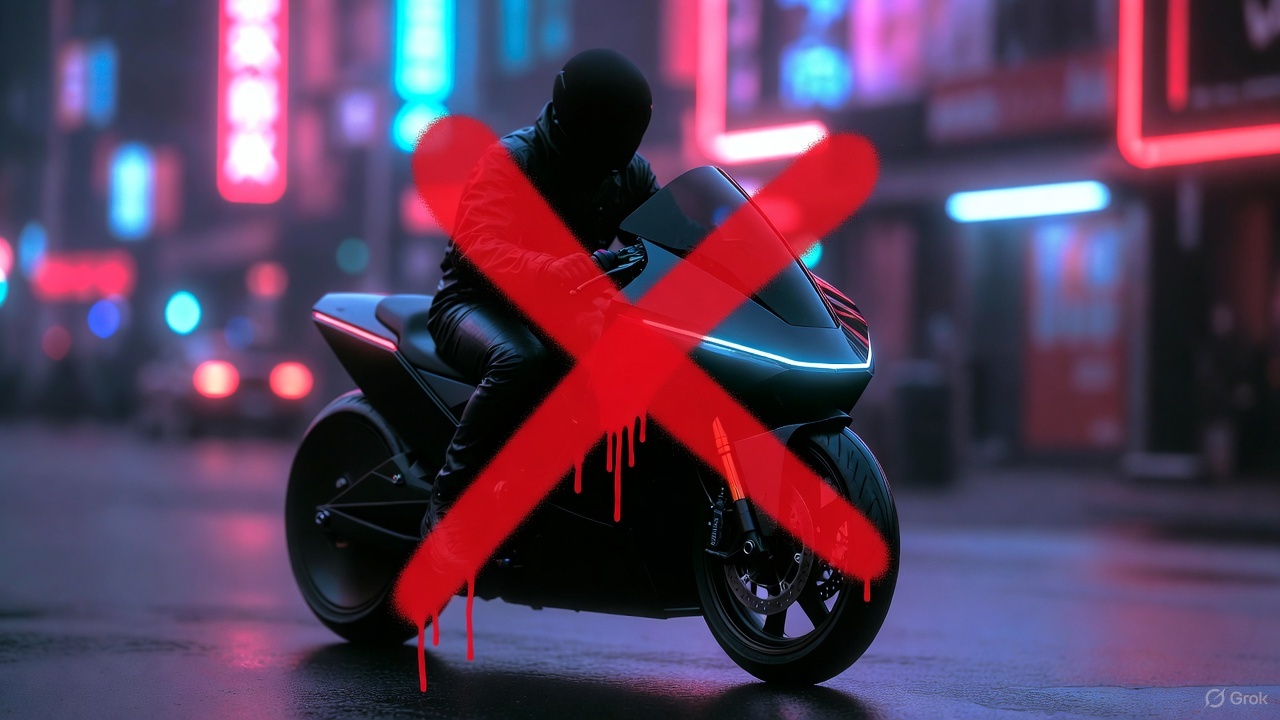

News
Europe’s space agency releases “best of Mars” video, showcasing 15 years of stunning satellite imagery
In a recap of its Mars Express imaging satellite’s fifteen years orbiting the red planet, the European Space Agency, NASA’s European equivalent, released a compilation video showcasing the most stunning photos captured by the craft. The animation added to the imagery gives viewers the impression of flying over the planet’s surface, taking in the depth of colors as though they were physically there themselves. With Mars in sight for near-future human exploration, ESA’s showcase gives Earth dwellers a taste of what’s to come.
The images in the collection demonstrate the great variation in geography across the cold, regolith-infused planet. Included in the photo set are the Neukum Crater, named after Gerhard Neukum, a German physicist, planetary scientist, and one of the founders of the Mars Express mission who died in 2014. The craters on Mars are generally representative of the planet’s ancient surface preserved for billions of years.
Also included is a flyover of the Kasei Valles, an “outflow channel” similar to the giant water-carved features of Earth, likely formed from a combination of tectonics, lava flow, and catastrophic flooding (potentially from the Echus Chasma, also included in the photos). Of course, ice-filled craters and the north and south polar ice caps are also included in the set, features of the planet that will be quite helpful to humans looking at long-term stays.
- The Becquerel Crater on Mars. | Credit: ESA/Mars Express
- The Mawrth Vallis on Mars. | Credit: ESA/Mars Express
- The Neukum Crater on Mars. | Credit: ESA/Mars Express
- The Kasei Valles on Mars. | Credit: ESA
To create the incredible imagery, photos taken by the Mars Express satellite during multiple passes were compiled into a mosaic. The instrument used to capture visuals is the High Resolution Stereo Camera (HRSC), and it has a resolution of about 32 feet, with some regions measured at about 6 feet of resolution. The HRSC can also create 3D imagery, capturing the planet’s topography at a level of detail that enables geoscientific evaluation of surface processes in space and time. The video compilation was assembled and edited by members of Freie Universitat Berlin’s Planetary Sciences and Remote Sensing department.
Mars Express was launched on June 2, 2003 aboard a Soyuz/Fregat rocket and received its name from being the quickest built planetary mission craft of its type. Its planned mission is to image the entire surface of Mars at high resolution and produce maps of the planet’s mineral compositions and atmospheric activities. A lander named Beagle 2 had traveled along with it, but unfortunately it became inoperable after successfully landing on the surface. Its fate remained unknown until NASA’s Mars Reconnaissance Orbiter located and photographed it in 2015.
Around winter holiday time last year, Mars Express captured images which formed the amazing “winter wonderland” photo showcasing the Korolev crater in the northern lowlands of Mars. Since the satellite entered orbit around the planet on December 25, 2003, the capture was both relevant to the craft’s history and timely for the season. Yet another geographic phenomenon was on display with this surface feature – “cold trap” – where air moving across the crater cools, becoming heavy and getting “trapped” directly above the ice.
Watch the full video released by ESA below:

News
Tesla’s new Holiday perk is timed perfectly to make FSD a household name
Tesla AI4 owners get FSD (Supervised) through Christmas, New Year’s Eve and well into the post-holiday travel season.

Tesla quietly rolled out a free Full Self-Driving (Supervised) trial for roughly 1.5 million HW4 owners in North America who never bought the package, and the timing could very well be genius.
As it turns out, the trial doesn’t end after 30 days. Instead, it expires January 8, 2026, meaning owners get FSD (Supervised) through Christmas, New Year’s Eve and well into the post-holiday travel season. This extended window positions the feature for maximum word-of-mouth exposure.
A clever holiday gift
Tesla watcher Sawyer Merritt first spotted the detail after multiple owners shared screenshots showing the trial expiring on January 8. He confirmed with affected users that none had active FSD subscriptions before the rollout. He also observed that Tesla never called the promotion a “30-day trial,” as the in-car message simply reads “You’re Getting FSD (Supervised) For the Holidays,” which technically runs until after the new year.
The roughly 40-day period covers peak family travel and gatherings, giving owners ample opportunity to showcase the latest FSD V14’s capabilities on highway trips, crowded parking lots and neighborhood drives. With relatives riding along, hands-off highway driving and automatic lane changes could become instant conversation starters.
Rave reviews for FSD V14 highlight demo potential
FSD has been receiving positive reviews from users as of late. Following the release of FSD v14.2.1, numerous owners praised the update for its smoothness and reliability. Tesla owner @LactoseLunatic called it a “huge leap forward from version 14.1.4,” praising extreme smoothness, snappy lane changes and assertive yet safe behavior that allows relaxed monitoring.
Another Tesla owner, @DevinOlsenn, drove 600 km without disengagements, noting his wife now defaults to FSD for daily use due to its refined feel. Sawyer Merritt also tested FSD V14.2.1 in snow on unplowed New Hampshire roads, and the system stayed extra cautious without hesitation. Longtime FSD tester Chuck Cook highlighted improved sign recognition in school zones, showing better dynamic awareness. These reports of fewer interventions and a more “sentient” drive could turn family passengers into advocates, fueling subscriptions come January.
Elon Musk
Elon Musk predicts AI and robotics could make work “optional” within 20 years
Speaking on entrepreneur Nikhil Kamath’s podcast, Musk predicted that machines will soon handle most forms of labor, leaving humans to work only if they choose to.

Elon Musk stated that rapid advances in artificial intelligence and robotics could make traditional work unnecessary within two decades.
Speaking on entrepreneur Nikhil Kamath’s podcast, Musk predicted that machines will soon handle most forms of labor, leaving humans to work only if they choose to.
Work as a “hobby”
During the discussion, Musk said the accelerating capability of AI systems and general-purpose robots will eventually cover all essential tasks, making human labor a choice rather than an economic requirement. “In less than 20 years, working will be optional. Working at all will be optional. Like a hobby,” Musk said.
When Kamath asked whether this future is driven by massive productivity growth, Musk agreed, noting that people will still be free to work if they enjoy the routine or the challenge. He compared future employment to home gardening, as it is something people can still do for personal satisfaction even if buying food from a store is far easier.
“Optional” work in the future
Elon Musk acknowledged the boldness of his claim and joked that people might look back in 20 years and say he was wrong. That being said, the CEO noted that such a scenario could even happen sooner than his prediction, at least if one were to consider the pace of the advancements in AI and robotics.
“Obviously people can play this back in 20 years and say, ‘Look, Elon made this ridiculous prediction and it’s not true,’ but I think it will turn out to be true, that in less than 20 years, maybe even as little as ten or 15 years, the advancements in AI and robotics will bring us to the point where working is optional,” Musk said.
Elon Musk’s comments echo his previous sentiments at Tesla’s 2025 Annual Shareholder Meeting, where he noted that Optimus could ultimately eliminate poverty. He also noted that robots like Optimus could eventually provide people worldwide with the best medical care.
Elon Musk
Elon Musk reiterates why Tesla will never make an electric motorcycle
Tesla CEO Elon Musk preemptively shut down speculations about a Tesla road bike once more.

Tesla CEO Elon Musk preemptively shut down speculations about a Tesla road bike once more, highlighting that the electric vehicle maker has no plans to enter the electric motorcycle market.
Musk posted his clarification in a post on X.
Musk’s reply to a fun AI video
X user @Moandbhr posted an AI video featuring the Tesla CEO on the social media platform, captioning it with “Mr. Elon Musk Just Revealed the Game-Changing Tesla Motorcycle.” The short clip depicted Musk approaching a sleek, single-wheeled vehicle, stepping onto it, and gliding off into the distance amid cheers. The fun video received a lot of traction on X, gaining 3.1 million views as of writing.
Musk replied to the post, stating that a Tesla motorcycle is not going to happen. “Never happening, as we can’t make motorcycles safe. For Community Notes, my near death experience was on a road bike. Dirt bikes are safe if you ride carefully, as you can’t be smashed by a truck,” Musk wrote in his reply.
Musk’s Past Comments on Two-Wheelers
Musk also detailed his reservations about motorcycles in a December 2019 X post while responding to questions about Tesla’s potential ATV. At the time, he responded positively to an electric ATV, though he also opposed the idea of a Tesla road-going motorcycle. Musk did state that electric dirt bikes might be cool, since they do not operate in areas where large vehicles like Class 8 trucks are present.
“Electric dirt bikes would be cool too. We won’t do road bikes, as too dangerous. I was hit by a truck & almost died on one when I was 17,” Musk wrote in his post.
Considering Musk’s comments about dirt bikes, however, perhaps Tesla would eventually offer a road bike as a recreational vehicle. Such a two-wheeler would be a good fit for the Cybertruck, as well as future products like the Robovan, which could be converted into an RV.













